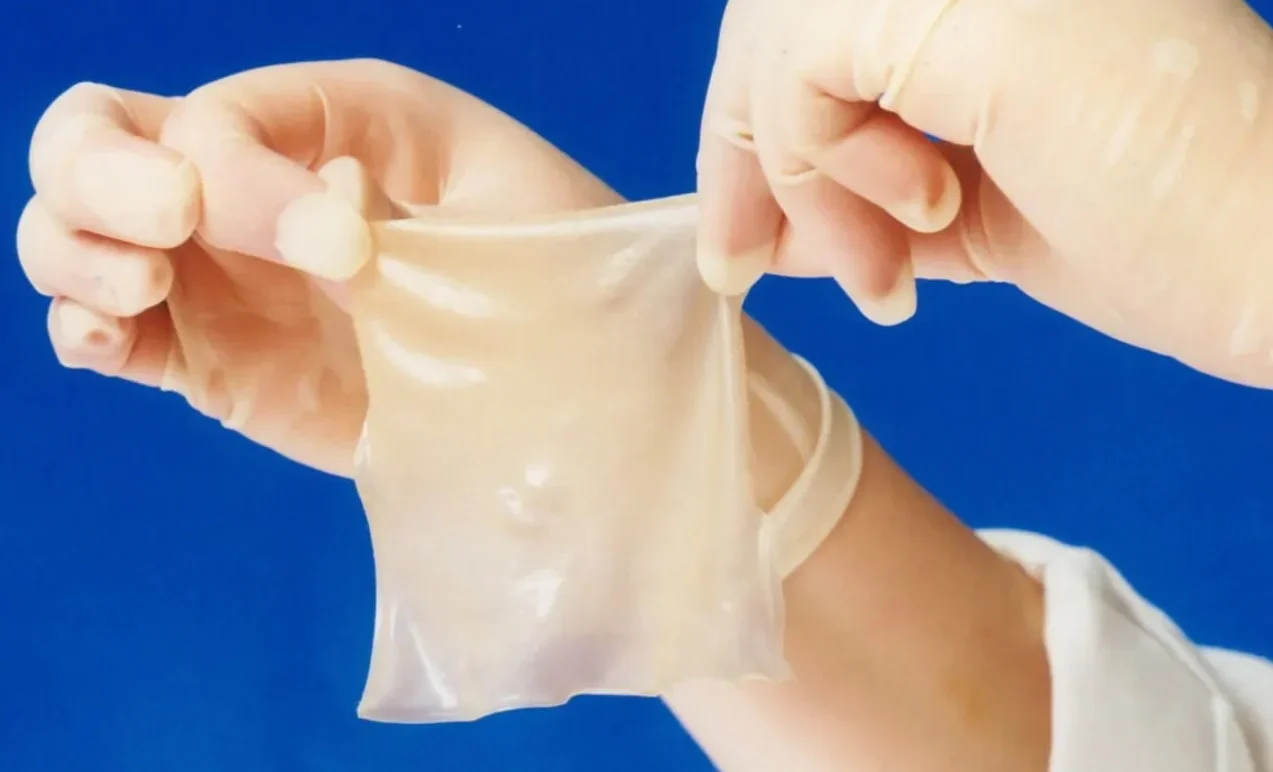Calls for Ukraine
Calls for Europe
Calls for USA

Thanks to a new cell cultivation method using algae developed by researchers at the University of Queensland, the time needed to grow new skin for burn victims can be significantly reduced.
Dr. Melanie Oey and her team at the University of Queensland’s Institute of Molecular Biology have combined a new species of Queensland algae, Chlorella BDH-1, with mammalian cells to improve the process of growing tissue cells.
The scientists’ work showed that muscle cells cultivated together with algae grow faster, live longer, and require far fewer expensive additives.
Algae act as tiny life support systems capable of solving several problems at once.
This research could benefit tissue engineering and regenerative medicine by accelerating the growth of three-dimensional tissues and skin grafts.
The researchers reported an 80 percent increase in cell growth in cell cultures, a threefold increase in the number of usable cells, and longer-lasting viability of cell cultures.
The need for animal cells was also reduced by 50 percent.
This method could be useful for other applications, such as reducing the cost of growing cultured meat.
Food Standards Australia New Zealand, the Australian food quality regulatory body, recently approved the sale of meat grown in a laboratory or cultured from animal cells, but its high cost remains a serious obstacle.
According to Dr. Oey, a growing population requires more protein, but it is the most expensive macronutrient, and animal husbandry raises concerns in terms of climate change.
Currently, growing meat in a laboratory is expensive mainly because of the nutrients and oxygen required by the cells, as well as the waste they produce.
Research could make cultured meat an affordable and ethically acceptable alternative source of protein.
Other applications of Chlorella BDH-1 algae in cell culture include:
Dr. Oey said that Chlorella BDH-1 algae were chosen because they do not consume glucose and do not compete with mammalian cells for food.
They naturally produce oxygen and remove waste, creating a more favorable environment for muscle cell growth.
In the human body, blood delivers oxygen and removes waste, but in a laboratory setting, there is no such system.
By adding algae, scientists are essentially creating a mini-symbiosis or mutually beneficial interaction in which the algae provide oxygen and remove waste, helping the cells to grow better.
It’s a simple idea with enormous potential.
By working with nature — using algae to improve the cellular environment — scientists have created a scalable way to support healthier, longer-lasting, and more efficient cell cultures.
Please rate the work of MedTour
